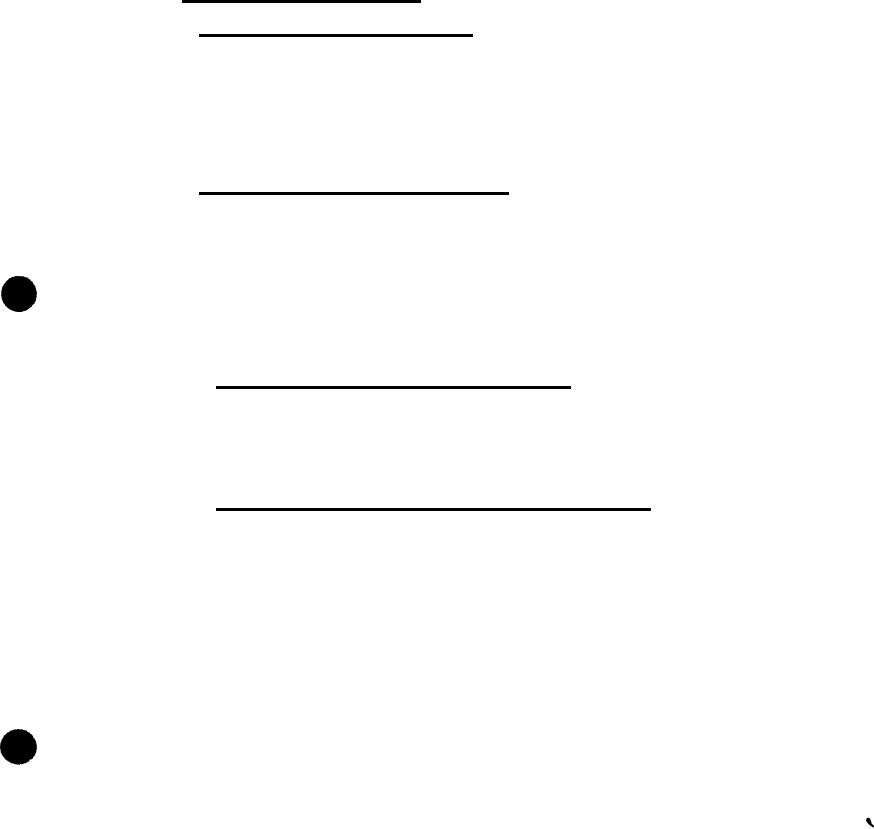 |
|||
|
|
|||
| ||||||||||
|
|  MIL-S-60828A(MU)
15
Standard commercial
Spring scale
q
quality
6.
Inspection Aid (Gunner's
Depicted on Drawing A8658940
Quadrant)
7.
Fixture, Final Inspection
Depicted on Drawing F10547466
8.
0.002 inch thick with attached weight
Force gage
of 2 to 4 grams
4.6 Test methods and procedures.
4.6.1 Storage at extreme temperatures.- Utilizing test equipment con-
forming to 4.5, gradually change chamber temperature to prevent thermal
shock until the external surface of the sight is thermally stabilized at
each extreme temperature specified in 3.4. Maintain each extreme tempera-
ture for an uninterrupted period of at least 24 hours. Upon completion of
0
each exposure the temperature shall be gradually returned to between +60 F
and +90F. subsequent to completion of each temperature excursion, the
sight shall be examined to determine that no evidence of damage exists.
4.6.2 Operability at extreme temperatures.- Utilizing test equipment
conforming to 4.5, gradually change chamber temperature to prevent thermal
shock until the external surface of the sight is thermally stabilized at
each extreme temperature specified in 3.5. Maintain each extreme tempera-
ture for only the uninterrupted period of time required to perform the
tests and examinations specified herein. The tests and examinations in
4.6.2.1 to 4.6.2.4 shall be performed to verify manual operability of
mechanical subassemblies at each extreme temperature in compliance with
3 5'; Upon completion of all examinations at each extreme temperature, the
q
temperature shall be gradually returned to between +60F and +90F.
*
4.6.2.1 Light intensity control and light switch.- Manually rotate
the light intensity control knob throughout its range, in q clockwise (cw)
and counterclockwise (CCW) direction.
Determine that no binding is
evident using normal hand pressure and that the control knob is secure on
its shaft. The light switch toggle when manually operated shall be ex-
amined for ease of manipulation with positive indexing in both "ON" positions.
4.6.2.2 Elevation mechanism and height adjustment control.- With the
height adjustment knob tightened (CW) rotate the sight assembly vertically
around its normal pivot shaft to assure that the bushings have not seized
on the shaft. When conducting this test, it shall be observed that the
height adjustment knob secures the height setting and that the sight is
free to rotate unless the bellcrank is also secured. The height adjustment
control knob shall now be rotated ccw while observing release of the bearing
rod and free movement of the elevation mechanism. Manually rotate the
height adjustment control knob cw and determine that the height adjustment
mechanism will secure at any desired point throughout its excursion range.
J
11
|
|
Privacy Statement - Press Release - Copyright Information. - Contact Us |